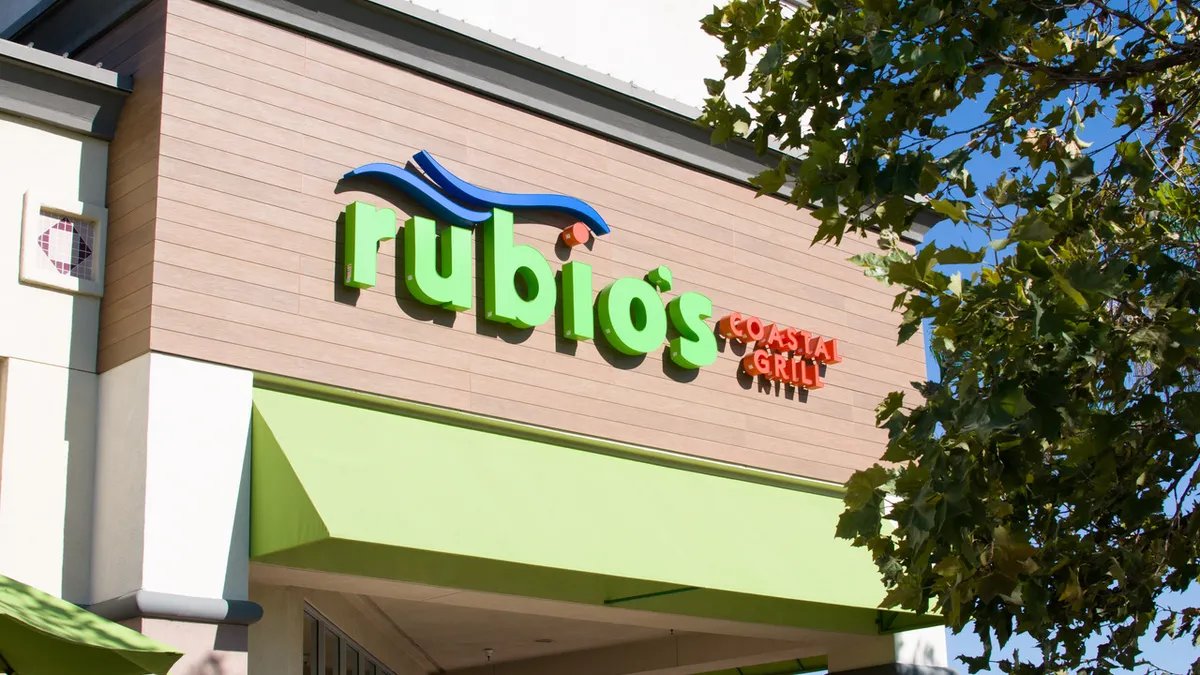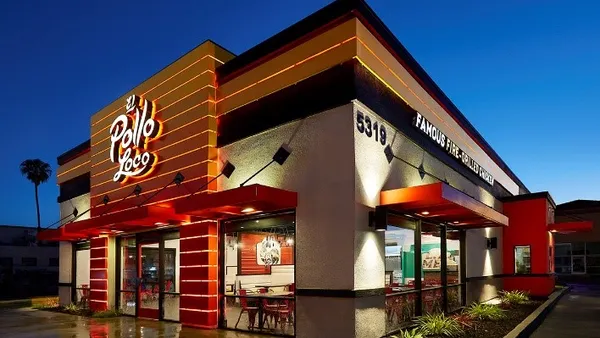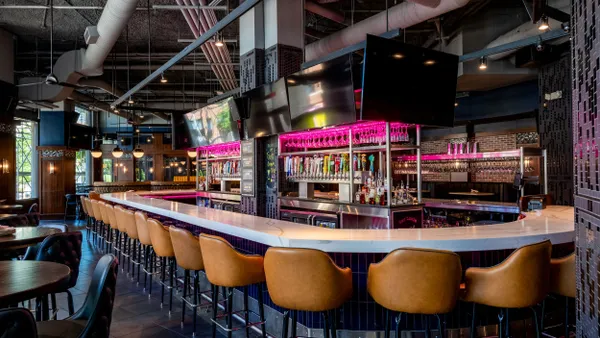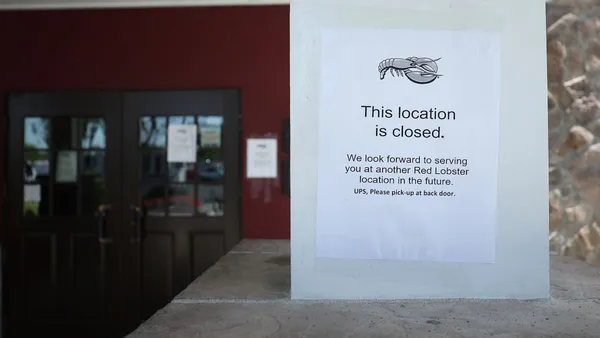Rubio’s is hoping its third act will set it on a path toward profitability. Last week, the chain declared bankruptcy for the second time in four years. It first went bankrupt in 2020 due to the financial impact of the COVID-19 pandemic.
On Dec. 30, 2020, Rubio’s emerged from its first bankruptcy with less outstanding debt and an improved store footprint, wrote Nicholas Rubin, Rubio’s chief restructuring officer, in a document filed with the U.S. Bankruptcy Court for the District of Delaware. But ongoing macroeconomic headwinds pushed the chain back into a financial crisis and its balance sheet needs further restructuring to satisfy its debt obligations.
Much like the rest of the industry, Rubio’s has faced increased food and utility costs over the past three years. Labor costs have also gone up given the tight labor market and the increase in minimum wage in California — one of its largest markets — with the implementation of the $20 hourly wage for fast food workers on April 1.
“The fast-casual market segment, in which the Company operates, is particularly competitive and reliant on price-sensitive customers,” Rubin stated.
Additionally, the chain has seen a reduction in in-store traffic and challenges with creating a compelling value proposition for digital customers. While delivery has grown in popularity since the pandemic, it also comes with significant costs for restaurants that are often pay commissions as high as 30% on third-party orders.
“These macroeconomic factors have placed significant negative pressure on the Company’s margins and cash flow,” Rubin wrote.
A pandemic recovery that never happened
Stores that were initially expected to recover after COVID-19 instead underperformed, negatively impacting the chain’s financial performance. Since 2022, the chain has recorded negative EBITDA and has had to borrow funds under senior credit facilities to fund its operating losses, Rubin said. At the end of March, the chain recorded funded debt of over $70 million.
“The increased debt and associated reporting and oversight has added additional distraction to the management team attempting to enact a turnaround,” Rubin stated.
As part of a turnaround effort, the chain underwent store refreshes, launched a mobile app and website, developed a new menu, increased prices, promoted items based on data-driven marketing and analysis of customer trends, and optimized staffing, he wrote.
It also has been working with Hilco Real Estate since November to negotiate lease concessions with landlords.
“The Company has implemented its right-sizing plan, including closing 53 stores and workforce reductions during May 2024,” Rubin wrote. “With the new footprint, the Company will be focused on the core Southern California and Arizona markets, with a goal of retaining and gaining market share in areas with strong brand presence and management experience.”
For its remaining stores, Rubio’s expects financial performance to improve with renegotiated leases and traffic to increase as customers move from closed stores.
An unsuccessful sales process
Last November, Hilco Corporate Finance assisted Rubio’s in preparing the company for a sale. The investment banker contacted 63 strategic partners and 293 financial sponsors to market a sale. While that process led to 43 parties executing confidentiality agreements and accessing company data, the process didn’t end up in a sale, Rubin wrote.
Instead, TREW Capital Management, a firm owned by former BBQ Holdings CEO Jeff Crivello, acquired all senior secured first-lien debt obligations from lender Golub in March. TREW could become new owners of Rubio’s, according to Restaurant Business, if it swaps this debt for equity in the company.
“With no promising indications of interest from the broader sales process for an out-of-court transaction and insufficient liquidity to continue operating as a going concern, let alone to satisfy its pending debt obligations, the Company determined it would seek bankruptcy protection and pursue a going concern sale,” Rubin stated.














